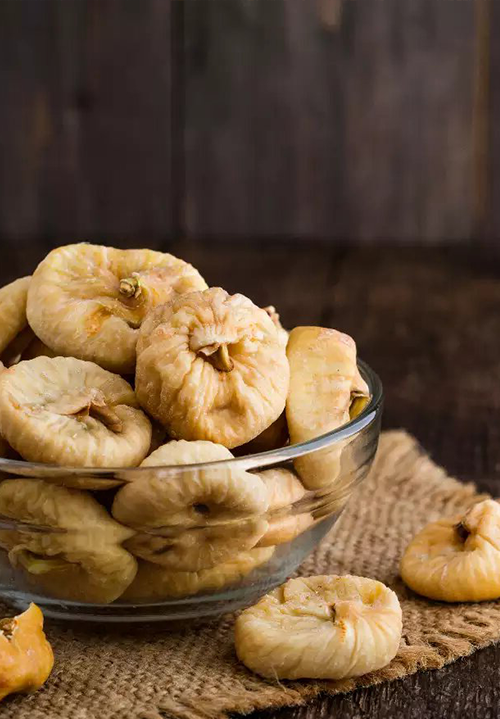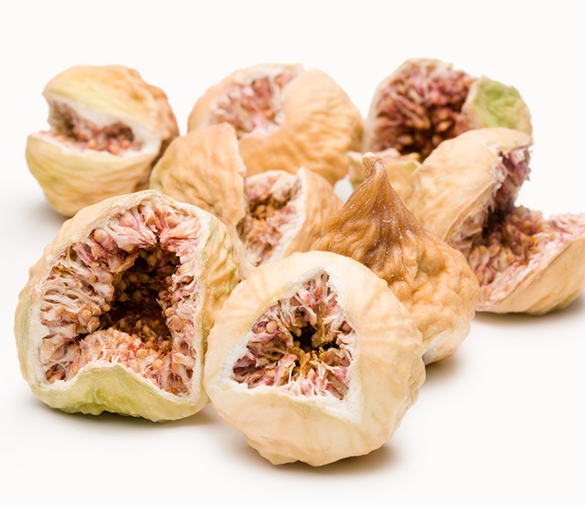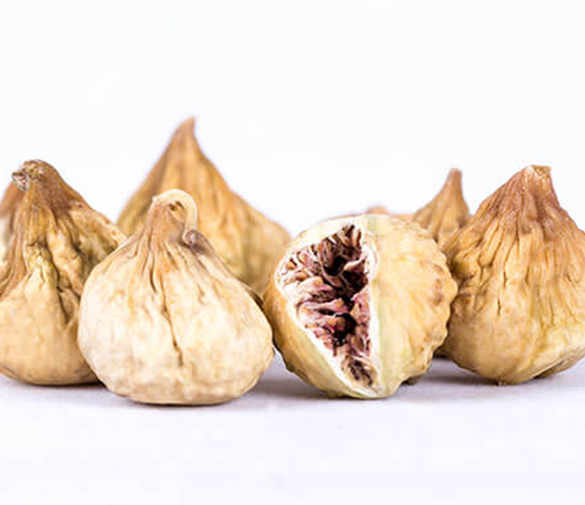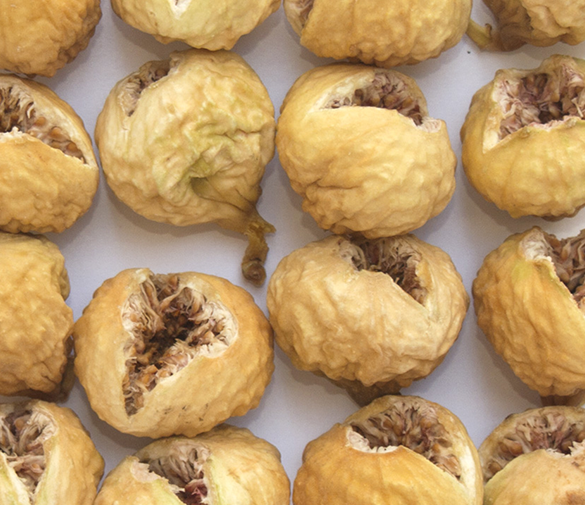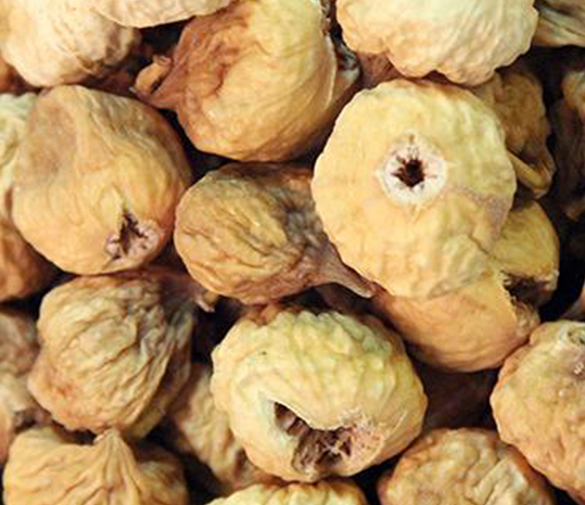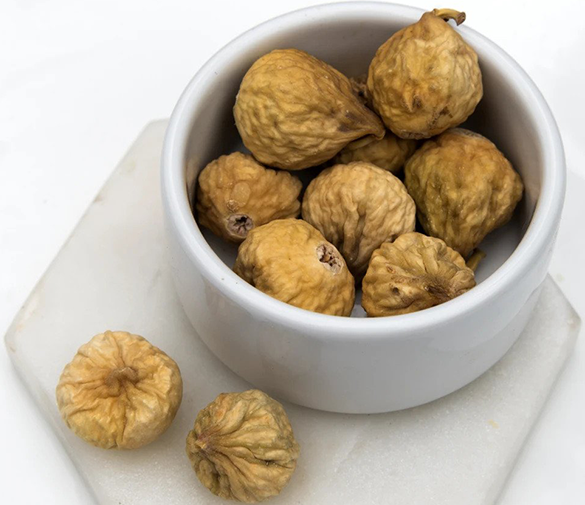Dried Figs

Dried Fig is another member of dried fruits and nuts family, which is originated in western Asia and later expanded in the Mediterranean. According to Harley in 1985, initially figs come from a tree, which is called “Ficus Carica” and this tree needs dry along with hot temperature geographical situation in order to grow and reach the maturity. There is a long history behind this dried fruit as this product is mentioned in Quran, Bible as well as Torah, and it is said, as no cloths were invented in early years of the earth Adam and Eve used to cover their bodies with figs leaves.
Figs are edible either in fresh form or in different dried, preserved, as well as canned forms. The prime center for this product belongs to Estahban valley in Fars province with 20,000 hectares of figs farms evidentially the whole figs produce in this province. One of the obstacles that exporters are facing in exportation of dried figs is Aflatoxin, which happens by toxigenic fungal contamination. The process of sun-drying can be identified as one of the major reasons for the contamination, as labors need to hand pick those dried ripe fruits which are on the ground and then dry them through sunlight.
The main three producers of figs in the world can be listed as Turkey and USA that these three countries annually produce 1,077,21 metric tons (FAO, 2003). According to FAO in 2007 produced approximately 88,000 metric tons and exported around 1,610 tons in 2005, which shows has a very tiny market share of this product. Figs are also known as small/baby figs, and the main characteristic baby figs can be identified as being dry, hard and wrinkled. Fig trees normally reach to maturity level of production approximately four years after plantation and they will continue to grow for 20-25 years. Them main importers of dried figs are china, Russia, India and Hong Kong. Figs are classified into two main groups, open mouth (101) and closed mouth and each type can be subdivided into two to three types again.
Type 101 AA

This is the most exclusive and expensive type among all dried figs. The main characteristic of this type is the white color or slightly yellow. This type is big in size and majority of figs in this type are open mouth, which makes them easy to eat and chew. The size of each fig in this type shouldn’t be less than 22 mm and close mouth figs are not allowed to be more than 10%.
Type 101 A

This is another type of dried figs, which also belongs to open mouth type. This type is smaller compared to 101AA and more reasonable in price. The characteristics of this type are also similarto 101AA, but what differentiates these two types from each other are size and percentage of open mouth. This type is also white and yellow but the size of each fig is in the range of 14 to 22 mm with 15% of closed mouth.
Type AA

This is the most favorable type for export, due to being competitive in rates, big size, and being half opened. This type belongs to closed mouth but actually this type is not 100% closed mouth, it is considered as half open figs. The size of this type is 22 mm, which is equal to 101AA, but the difference here is the percentage of open mouth, that in this type figs are partly open. The color should be yellow or white color.
Type A

This type of dried fig have some differences to other types, firstly the majority of figs in this type are closed mouth and the color of this type should be white or yellow but having some brown color figs are also acceptable. Same as 101 AA the size of figs is in the range of 14 to 22 mm. it’s also possible to see some open mouth figs in this type.
Type B

this is the most reasonable and lowest quality in dried figs. As the size of figs are around 14 mm and the color of this type is brown and gray which are not very attractive. This type of dried figs is suitable for the markets and the buyers that are very price sensitive and only looking at the price. This type can also be mixed with grade A that is slightly better than this type and its called AB.

